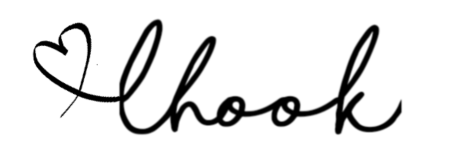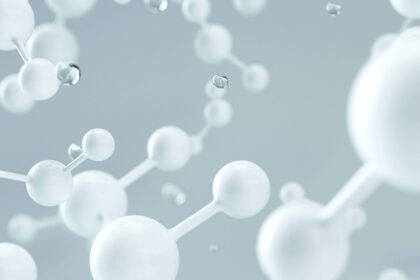Did you know that a small organ beneath the skin regulates your hair growth? …YUP!
Guess what…you have millions of them and we are born with all the hair follicles we will ever have in our lifetime. That’s right…If severely damaged or removed hair follicles do not grow back. Gone…FOREVER!!!
Taking place within the hair follicle, the growth of our hair is cyclical, and these phases are known as Anagen, Catagen, and Telogen, Exogen. Each phase occurs simultaneously as each hair follicle is independent and goes through the growth cycle at different times. [1][2]
Anagen (growth phase)
Cell division
The anagen phase determines the length and strength of your hair as it is the period of active growth during which stem cells in the hair bulb, located at the base of the follicle divide rapidly.
It is through this cell division process that hair extends out of the dermis, which we know as growth.
Keratinization
Once the cell division process begins, mature cells harden by going through a process called “Keratinization”. Different parts of the hair fiber like the transparent scale-like outer layer of your hair shaft known as the “cuticle” are formed in the anagen phase.
Nutrition
Ensuring proper nourishment to our bodies is vital in the anagen phase, as the rapidly dividing stem cells are ‘fed’ by blood vessels at the base of the hair follicle.
Length of the growth phase
The length of the growth phase is dependent on where on the body a hair grows. [3]
- Eyebrows: 30-45 days
- Lashes: Around 30-45 days
- Arms: around 30-45 days
- Legs: around 30-45 days
- Head: around 2-6 years
The longer hair stays in the anagen phase of the cycle, the longer it will grow.
Growth rate per person
Hair growth rates differ per person, the average rate is around ½ inch per month. The healthy human scalp contains over 80 000 – 100 000 hairs and about 85%-95% of hair is in the anagen phase at any given time. [4]
Catagen (transitional phase)
This transitional phase begins when the hair root separates from the papilla at the end of the growth phase. This phase can last up to two to four weeks. During this phase, cell division in the matrix stops. 1%-3% of hair is in the catagen phase at any given time. [5]
Telogen (resting phase)
The telogen phase is the resting phase which can last up to three months. During this phase blood supply is cut off from the blood vessels. Around 10-15 percent of hairs are in this phase. [6]
Exogen (shedding phase)
The exogen phase is the shedding phase. It is a part of the telogen phase where the hair is gradually pushed out of the skin by newly forming hair. Shedding 50 to 100 hairs per day during the exogen phase is considered normal. Any more than that should be discussed with qualified medical professionals.
After the resting phase, the Anagen phase starts again thus forming a new hair strand.
Excessive shedding
If hairs enter the resting phase too early, excess shedding and noticeable thinning of the hair can occur. There are many reasons for hair loss. [7]
Follicles and Nutrition
Our hair follicles play a major role in the health and growth of our hair. Because every cellular process in our bodies requires specific vitamins and minerals to function normally proper nutrition is vital at this stage.
When our scalp and hair follicles don’t have access to crucial hair-building micronutrients, our hair will become brittle, and thin, or we may experience hair loss; therefore, it is vital that nutrition is always a top priority, not only for the health of our hair but also for the health of our bodies.
Summary
The hair growth cycle happens through a cell division process that takes place in 4 stages within the hair follicle. Proper nutrition is a major contributor to the healthy growth of our hair and without it, certain individuals may experience various challenges with their hair.









